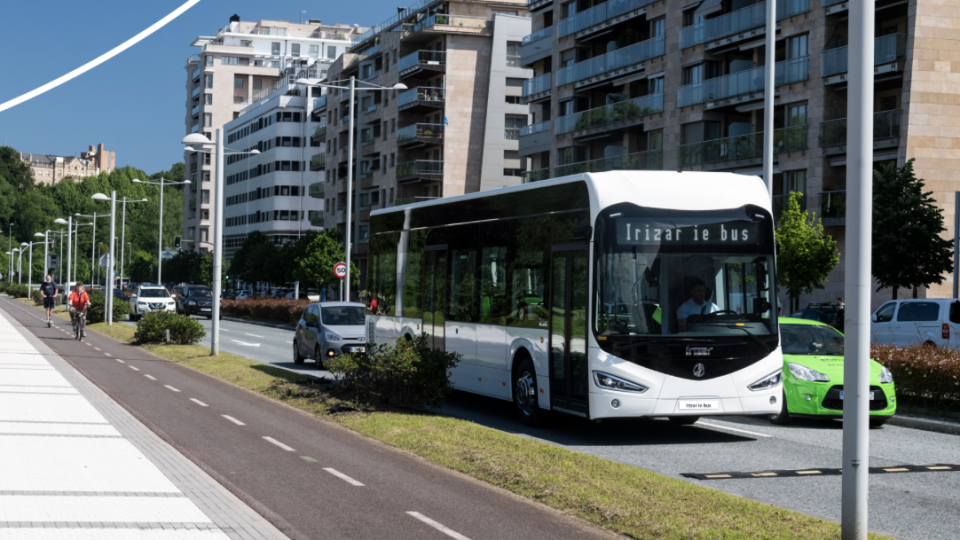Three full electric lines in Osnabrück (Germany) with 35 e-buses. They’ll grow to 62 in one year
The three MetroBus lines M1 to M3 in Osnabrück, Germany, have been converted in full electric operation since 21 December. 35 electric articulated buses now cover a total of more than 7,000 kilometres on weekdays purely electrically and thus emission-free and quietly. They have been delivered following a first 13-units order (the first year in […]

The three MetroBus lines M1 to M3 in Osnabrück, Germany, have been converted in full electric operation since 21 December. 35 electric articulated buses now cover a total of more than 7,000 kilometres on weekdays purely electrically and thus emission-free and quietly. They have been delivered following a first 13-units order (the first year in operation was celebrated in April 2020) and a second contract for 49 e-buses, which will be completed in 2021.
Long story short: more than half of the future fleet of 62 articulated e-buses is in use, the company points out.

35 e-buses are operating in Osnabrück
Stadtwerke Osnabrück outlines that Line M2 (Landwehrviertel – Hauptbahnhof) had already switched to electric operation at the end of October. Line M3 (Schinkel-Ost – Sutthausen/Hagen a.T.W) initially went into partial electric operation. “We had and still have time delays in the construction of the new e-bus terminus Schinkel-Ost,” explains e-bus project manager Joachim Kossow. Since today, Monday, the articulated e-buses can approach the charging station there in regular operation. The remaining road construction works are set to be completed in the course of January.
During 2021 27 more electric articulated buses will be delivered to Osnabrück by the VDL Bus & Coach. The buses are to be used on the M4 (Hellern-Nord – Belm) and M5 (Dodesheide – Kreishaus/Zoo) lines by the end of 2021. “The planning for the construction of the charging stations at the end of the lines is already underway,” says Joachim Kossow.
VDL to launch the Citea new generation
Next year will also witness the launch of the new generation Citea range, only made of full electric vehicles. Announcing the premiere, VDL Bus & Coach highlights that the new range of Citea will be featuring «an innovative composite sidewall construction that is 15% lighter than a conventional sidewall. The battery pack is integrated into the floor as standard. This ensures better weight distribution, greater stability (safety) and increases passenger capacity. The choice of efficient components, lightweight construction, good insulation, aerodynamic design and optimum energy management reduce the vehicle’s energy consumption by up to as much as 30%».







